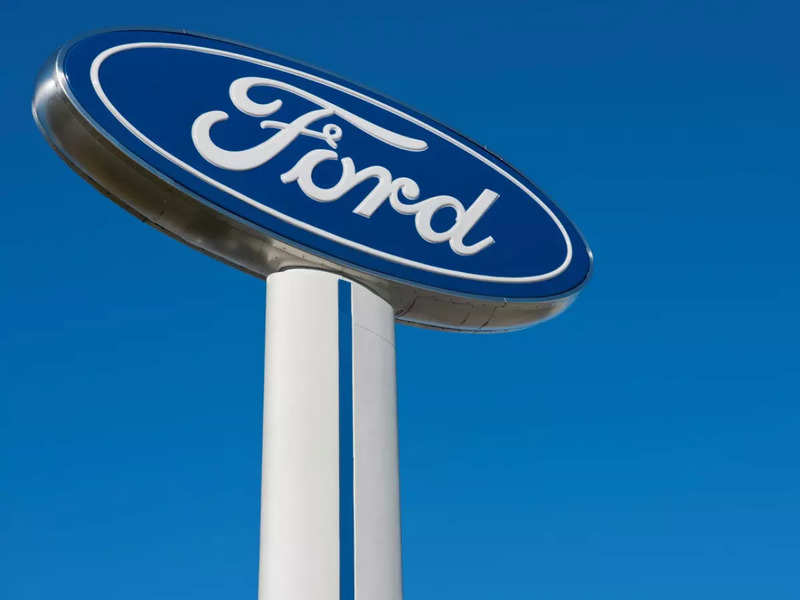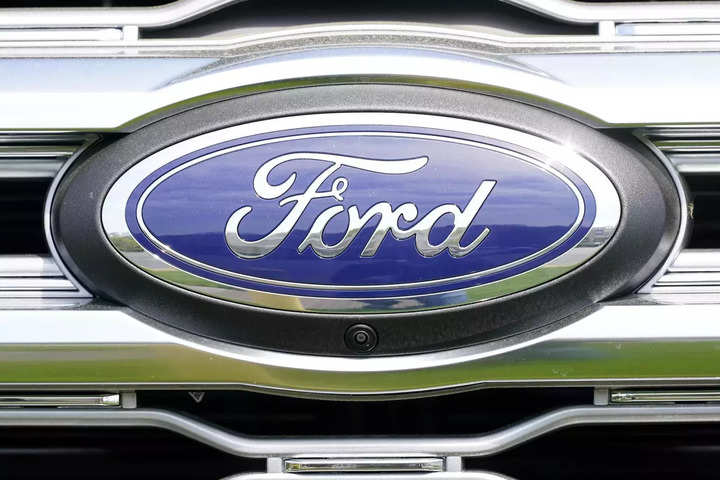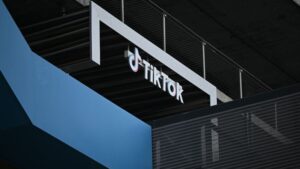

Ford Motor Co.’s electric vehicle business has lost $3 billion before taxes during the past two years and will lose a similar amount this year as the company invests heavily in the new technology.
The figures were released as Ford rolled out a new way of reporting financial results. The new business structure separates electric vehicles, the profitable internal combustion and commercial vehicle operations into three operating units.
Company officials said the electric vehicle unit, called “Ford Model e,” will be profitable before taxes by late 2026 with an 8% pretax profit margin. But they wouldn’t say exactly when it’s expected to start making money.
Chief Financial Officer John Lawler said Model e should be viewed as a startup company within Ford.
“As everyone knows, EV startups lose money while they invest in capability, develop knowledge, build (sales) volume and gain (market) share,” he said.
Model e, he said, is working on second- and even third-generation electric vehicles. It currently offers three EVs for sale in the US: the Mustang Mach E SUV, the F-150 Lightning pickup and an electric Transit commercial van.
The new corporate reporting system, Lawler said, is designed to give investors more transparency than the old system of reporting results by geographic regions. The automaker calculated earnings for each of the three units during the past two calendar years.
Model e had pretax losses of $900 million in 2021 and $2.1 billion last year, and it is expected to lose $3 billion this year. In the past two years Ford has announced it would build four new battery factories and a new vehicle assembly plant as well as spending heavily to acquire raw materials to build electric vehicles.
By the end of this year, the company based in Dearborn, Michigan, expects to be building electric vehicles at a rate of 600,000 per year, reaching a rate of 2 million per year by the end of 2026.
Last year, the pretax profit margin for Model e was minus 40%, Lawler said. To get to a positive 8% by the end of 2026, the company expects economies of scale – spreading costs over more vehicles sold- to be worth 20 points of the improvement. Design and engineering improvements will bring 15 points, battery cost reductions 10 points and 3 points will come from other areas including federal tax incentives and raw material price reductions.
Wells Fargo analyst Colin Langan calculated that Ford would need $15,000 in cost savings to get to an 8% profit margin. He asked what gives Ford confidence it can reach that number. “It just seems like quite a big number,” he said.
Lawler replied that Ford is looking at a whole new way of designing vehicles, focusing on energy efficiency, including aerodynamics. “Every decision is about optimizing energy efficiency so that we can get the smallest battery possible to hit the range target that we have for that vehicle,” he said.
Ford also will simplify its manufacturing process, maximizing common parts in next generation of EVs, saving over the current generation of repurposed internal combustion vehicle underpinnings. “There is a significant amount of opportunity in there to identify efficiencies and drive those home,” he said.
Ford Blue, the unit that sells internal combustion and gas-electric hybrid vehicles, made just over $10 billion before taxes during the last two years. Ford Pro, the commercial vehicle unit, made $5.9 billion during those years, the company said.
For this year, Ford expects Ford Blue to post a $7 billion pretax profit, modestly better than last year. Ford Pro is expected to earn $6 billion before taxes, nearly double its earnings last year, Lawler said.
Ford was to present the new structure, announced last March, to analysts and investors on Thursday. Other business units include corporate, Ford Credit and Ford Next, a new business incubator. Shares of Ford rose 1.7% in Thursday midday trading.
Lawler said the company is changing the way it does business, not just doing an accounting exercise.
“After 120 years, we’ve essentially re-founded Ford,” he said. “We’re embracing technology and competitive disruption in our industry, fundamentally changing how we’re thinking, how we’re making decisions, and how we’re running the company.”

FacebookTwitterLinkedin

